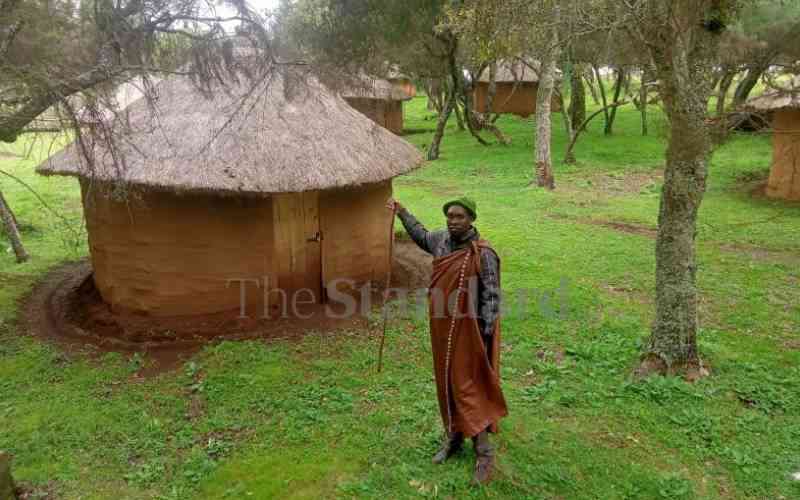×
The Standard e-Paper
Truth Without Fear

To the Ogiek mountain tribe, the Laboot centre is what Mecca is to a Muslim or Jerusalem to a Jew. No self-respecting member of the minority tribe fails to set foot in the center to identify with his roots before death.
Perched in the moorland of Mount Elgon in the Chepkitale area, the center, size of two to three football pitches, prides itself as the cultural haven of one of the country's oldest yet often forgotten tribes who live in Mau and Elgon forests.